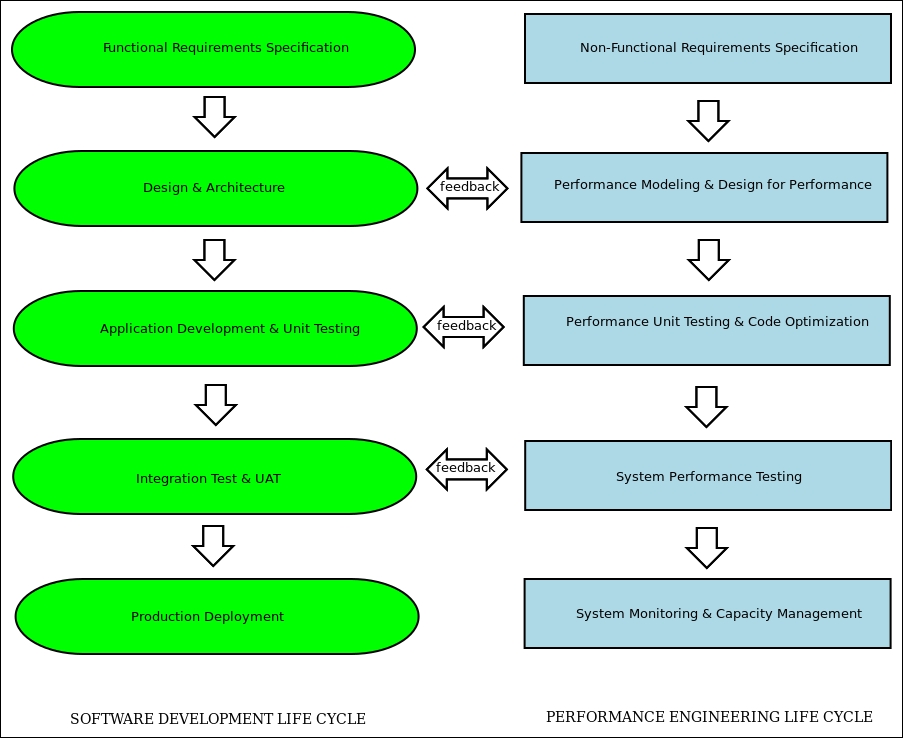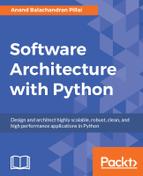Software performance engineering includes all the activities of software engineering and analysis applied during the Software Development Life Cycle (SDLC) and is directed towards meeting performance requirements.
In conventional software engineering, performance testing and feedback are done usually towards the end of the SDLC. This approach is purely measurement-based and waits for the system to be developed before applying tests and diagnostics and tuning the system based on the results.
Another more formal model named Software Performance Engineering (SPE), itself develops performance models early in the SDLC and uses results from the models to modify the software design and architecture to meet performance requirements in multiple iterations.
In this approach, both performance as a non-functional requirement and software development meeting its functional requirement go hand in hand. There is a specific Performance Engineering Life Cycle (PELC) that parallels the steps in the SDLC. At every step, starting from the design and architecture all the way to deployment, feedback between both the life cycles is used to iteratively improve the software quality:

SPE—Performance Engineering Life Cycle mirroring Software Development Life Cycle
In both approaches, performance testing and diagnostics are important, followed by tuning the design/architecture or the code based on the results obtained. Hence performance testing and measurement tools play an important role in this step.
